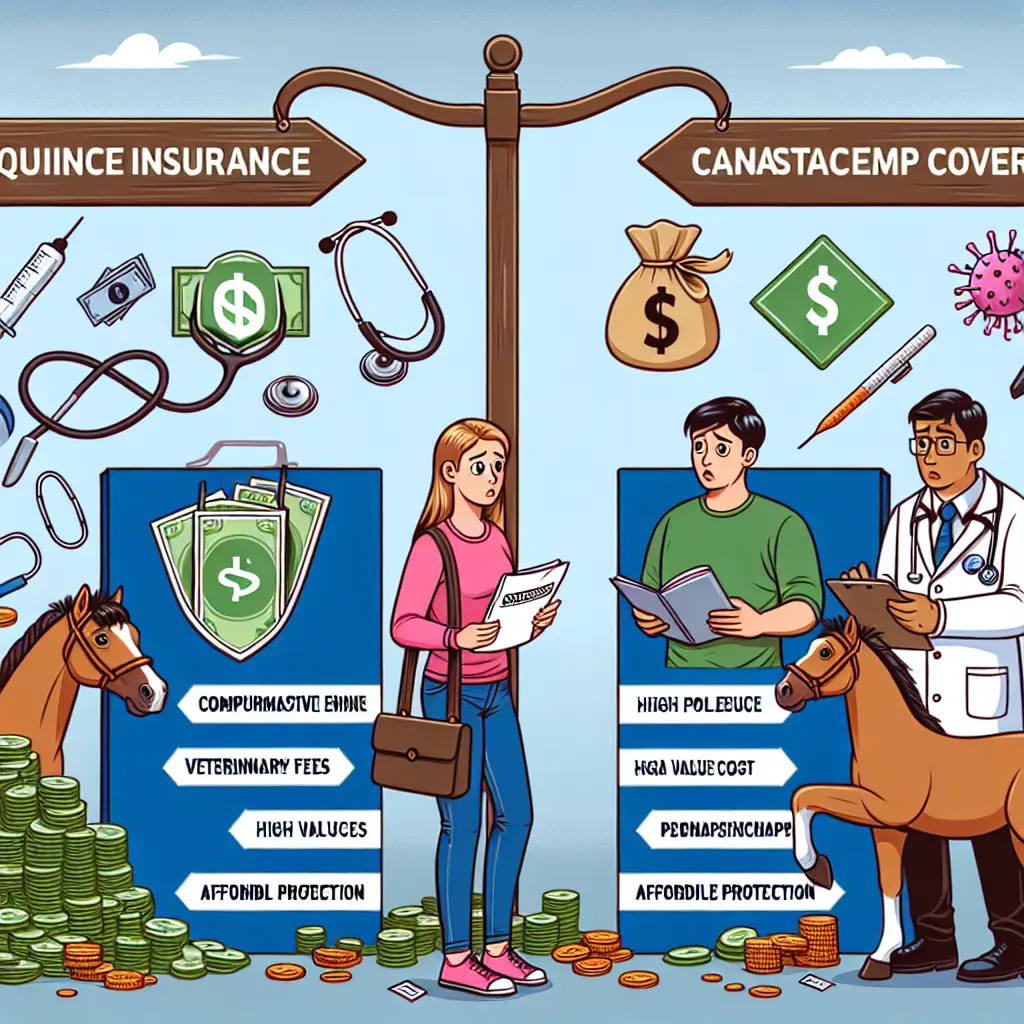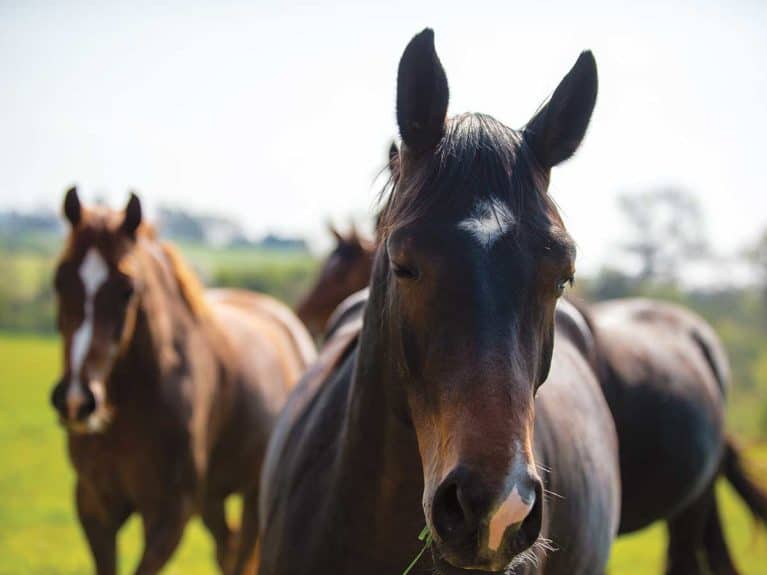Insurance Trends in the Horse Industry

The horse industry is a unique and specialized market where insurance plays a critical role in protecting valuable assets, including horses, equipment, and facilities. Understanding the latest insurance trends can help horse owners, trainers, and businesses make informed decisions to safeguard their investments.
Key Insurance Trends in the Horse Industry

| Trend | Description | Impact on Horse Owners and Businesses |
|---|---|---|
| Increased Demand for Coverage | More horse owners are seeking comprehensive insurance policies that cover mortality, theft, and liability. | Provides better financial protection and peace of mind. |
| Customized Policies | Insurers are offering tailored policies that address specific needs such as breeding, competition, and transport. | Ensures coverage fits unique risks associated with different horse activities. |
| Rising Premiums | Due to higher veterinary costs and increased claims, insurance premiums have been rising steadily. | Owners need to budget more carefully and shop around for the best rates. |
| Technology Integration | Use of apps and online platforms for policy management and claims processing is becoming common. | Enhances convenience and speeds up claim settlements. |
| Focus on Risk Management | Insurers are encouraging preventive measures like regular health checks and safety training. | Helps reduce claims and promotes horse welfare. |
Types of Horse Insurance

- Mortality Insurance: Covers the death of a horse due to accident, illness, or disease.
- Major Medical Insurance: Covers veterinary expenses for injuries or illnesses.
- Liability Insurance: Protects against legal claims if the horse causes injury or property damage.
- Loss of Use Insurance: Provides compensation if a horse can no longer perform its intended use.
- Breeding Insurance: Covers risks related to breeding activities, including infertility or loss of foal.
Why Insurance is Essential in the Horse Industry
Horses are valuable assets that require significant investment in care, training, and facilities. Insurance helps mitigate financial risks associated with unexpected events such as accidents, illnesses, or legal liabilities. It also supports the sustainability of horse-related businesses by providing a safety net.
Frequently Asked Questions (FAQ)
Q1: How much does horse insurance typically cost?
A1: Premiums vary based on the horse’s value, age, breed, and the type of coverage. On average, annual premiums can range from $300 to $1,500.
Q2: Can I insure a horse used for multiple purposes?
A2: Yes, many insurers offer customized policies that cover various activities such as competition, breeding, and leisure riding.
Q3: What factors affect insurance premiums?
A3: Factors include the horse’s health history, age, breed, usage, location, and the coverage limits selected.
Q4: Are pre-existing conditions covered?
A4: Typically, pre-existing conditions are excluded from coverage, but some policies may offer limited options.
Q5: How do I file a claim?
A5: Most insurers provide online platforms or apps to submit claims quickly, requiring documentation such as veterinary reports and proof of loss.
By staying informed about these insurance trends, horse industry participants can better protect their investments and ensure the well-being of their horses. Whether you are a casual rider or a professional breeder, understanding your insurance options is crucial in today’s evolving market.
